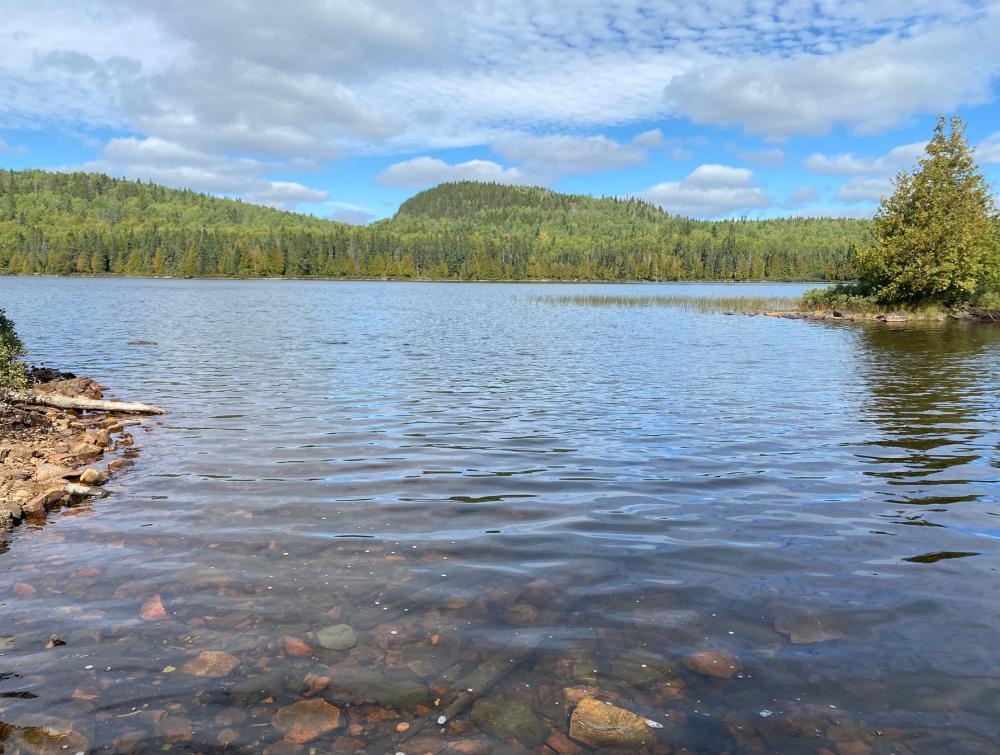Boundary Waters Protected For Next Twenty Years

Boundary Waters Canoe Area Wilderness, Minnesota
Joanna Gilkeson, USFS, Flickr
Biden Administration Issues Mining Ban around America’s Most Visited Wilderness Area
WASHINGTON, DC (January 26, 2023) -- Today, the Department of the Interior finalized a 20-year mineral withdrawal in the headwaters of the Boundary Waters Canoe Area Wilderness, the nation’s most visited Wilderness area, placing a mining moratorium on over 225,000 acres of land in the Superior National Forest.
“The Wilderness Society is thrilled to celebrate this victory for the Boundary Waters Canoe Area Wilderness and the people who love this special place.” said Jamie Williams, President. “The Interior Department’s decision to finalize a 20-year mining moratorium recognizes the importance of safeguarding the Boundary Waters from pollution associated with extractive development, mitigating the extinction crisis, and helping to achieve the Biden administration’s America The Beautiful conservation goals. The movement to protect the Boundary Waters is truly a locally led initiative, and we are grateful for the thousands of Minnesotans who made their voices heard and said ‘no way’ to toxic mining at the doorstep of this national treasure.”
The mineral withdrawal followed a rigorous Environmental Assessment prepared by the U.S. Forest Service, which evaluated the impacts of sulfide-ore copper mining in the Rainy River Watershed within the Superior National Forest upstream of the Boundary Waters. Based on that study, the Biden Administration concluded that the landscape is too delicate to support extractive mining. The Trump administration had abruptly cancelled an earlier proposed withdrawal 20 months into the previous 24-month environmental study period. In early 2022, the Biden Administration canceled illegally issued leases for a toxic sulfide-ore copper mine just outside the Boundary Waters Canoe Area Wilderness in the Rainy River Watershed.
The Boundary Waters Canoe Area Wilderness is especially susceptible to pollutants from acid mine drainage associated with sulfide-ore copper mines, which can contaminate the land surface, soils, and ground and surface water. The pollution from sulfide mining is nearly impossible to contain and can last for hundreds, even thousands of years. For this reason and the Trump Administration’s actions to fast-track the Twin Metals mine approval process, the Boundary Waters Canoe Area Wilderness was named one of America’s Most Endangered Rivers by American Rivers in 2021.
The Boundary Waters is a critical landscape for conservation and serves as a refuge in the face of climate change. It boasts over 1.1 million acres of interconnected lands and waters, is bustling with more than 250 wildlife species, provides important subsistence resources like wild rice to Indigenous Anishinaabe people who retain hunting and gathering rights there, and is part of a 4-million acre protected boreal forest ecosystem. Additionally, protecting the Boundary Waters is popular across the country – nearly 250,000 people voiced support for the 20-year mining moratorium during a 2022 public comment period.
Blocking mining in the headwaters of the Boundary Waters represents critical progress towards the Biden Administration’s goal of protecting 30% of U.S. lands, waters and oceans by 2030 and highlights the importance of community involvement in determining which areas should be protected for present and future generations, sustaining habitat for wildlife and combating the climate crisis.
For media inquiries, contact Jen Parravani at jen_parravani@tws.org or (202) 601-1931
